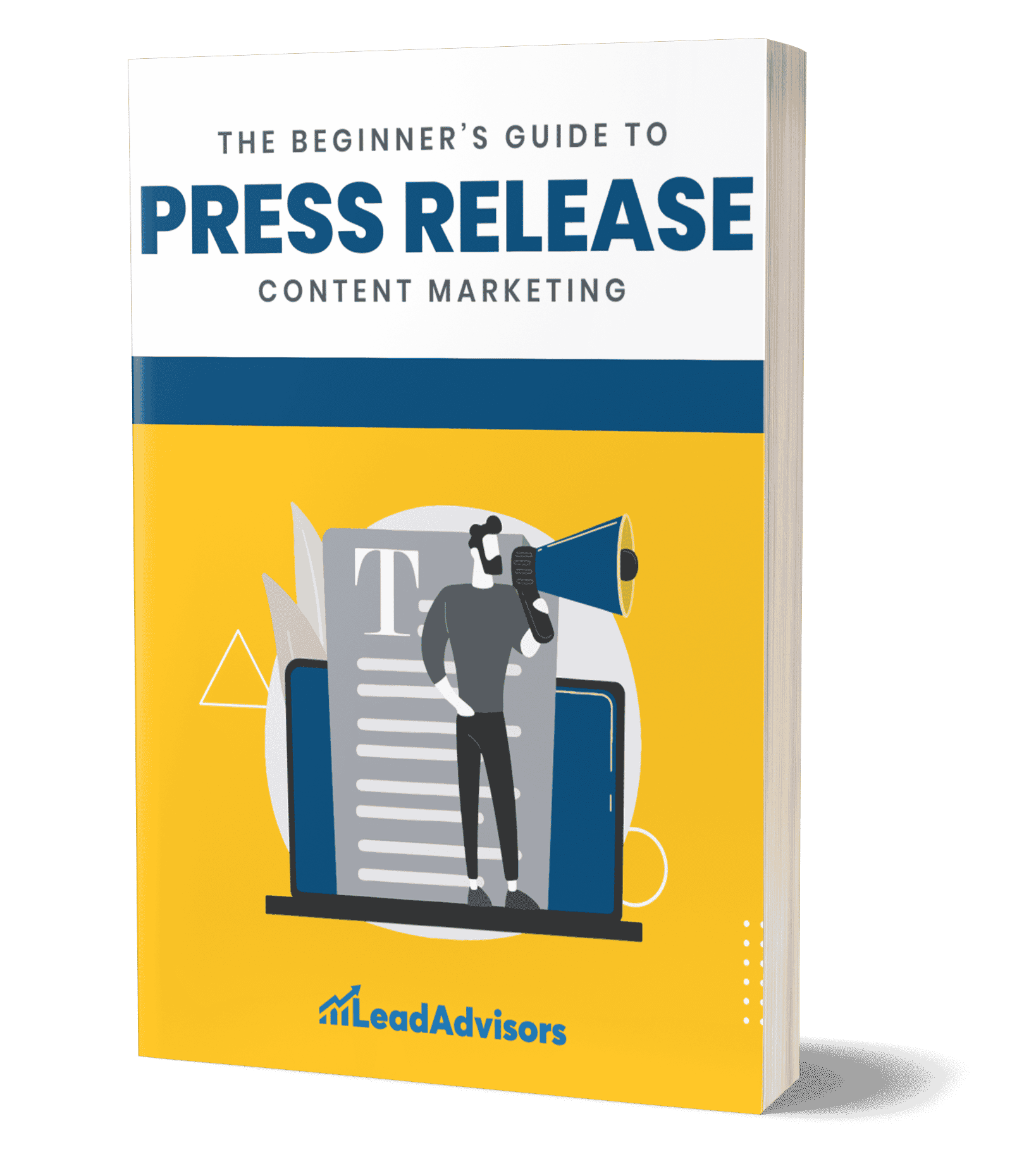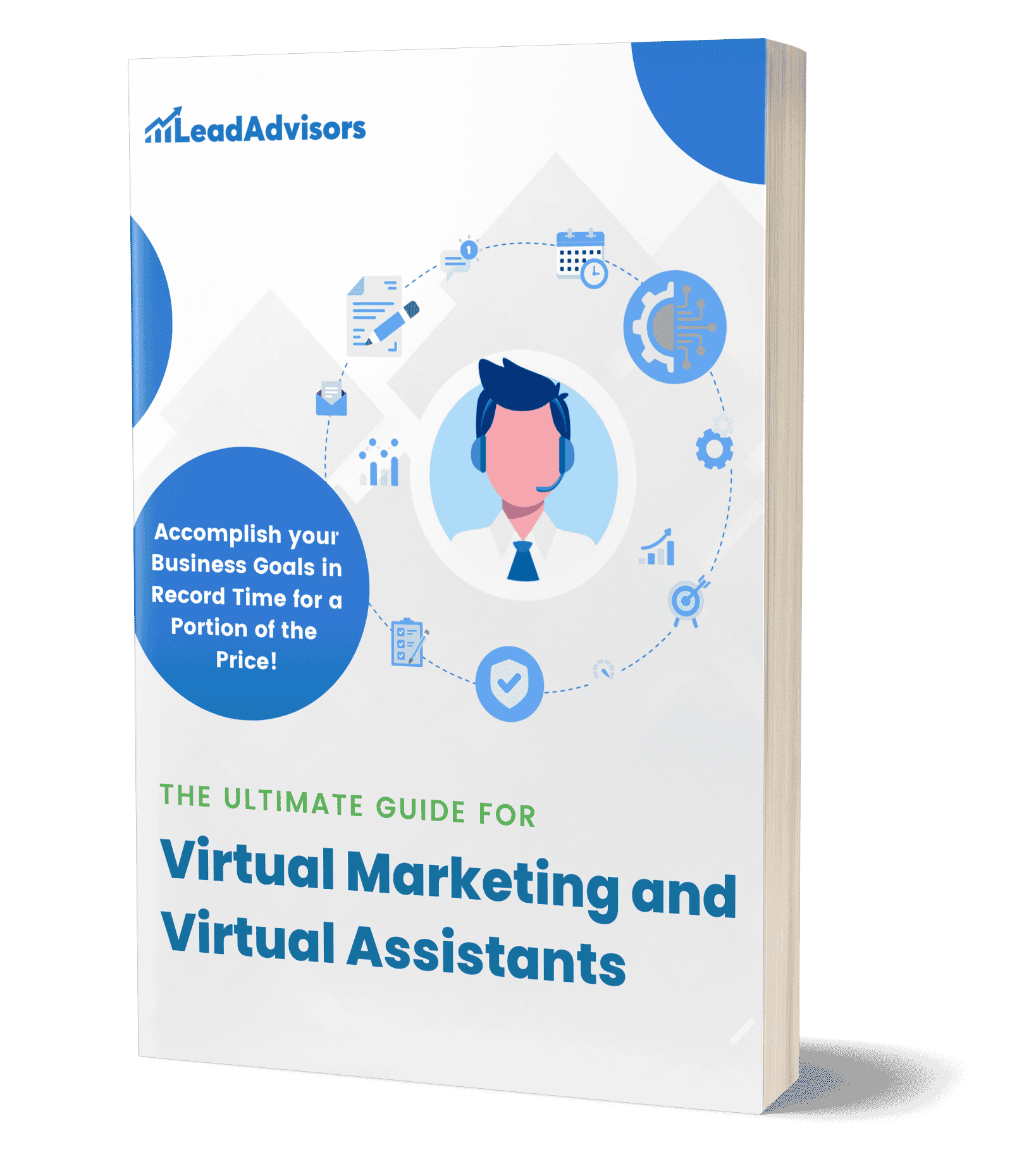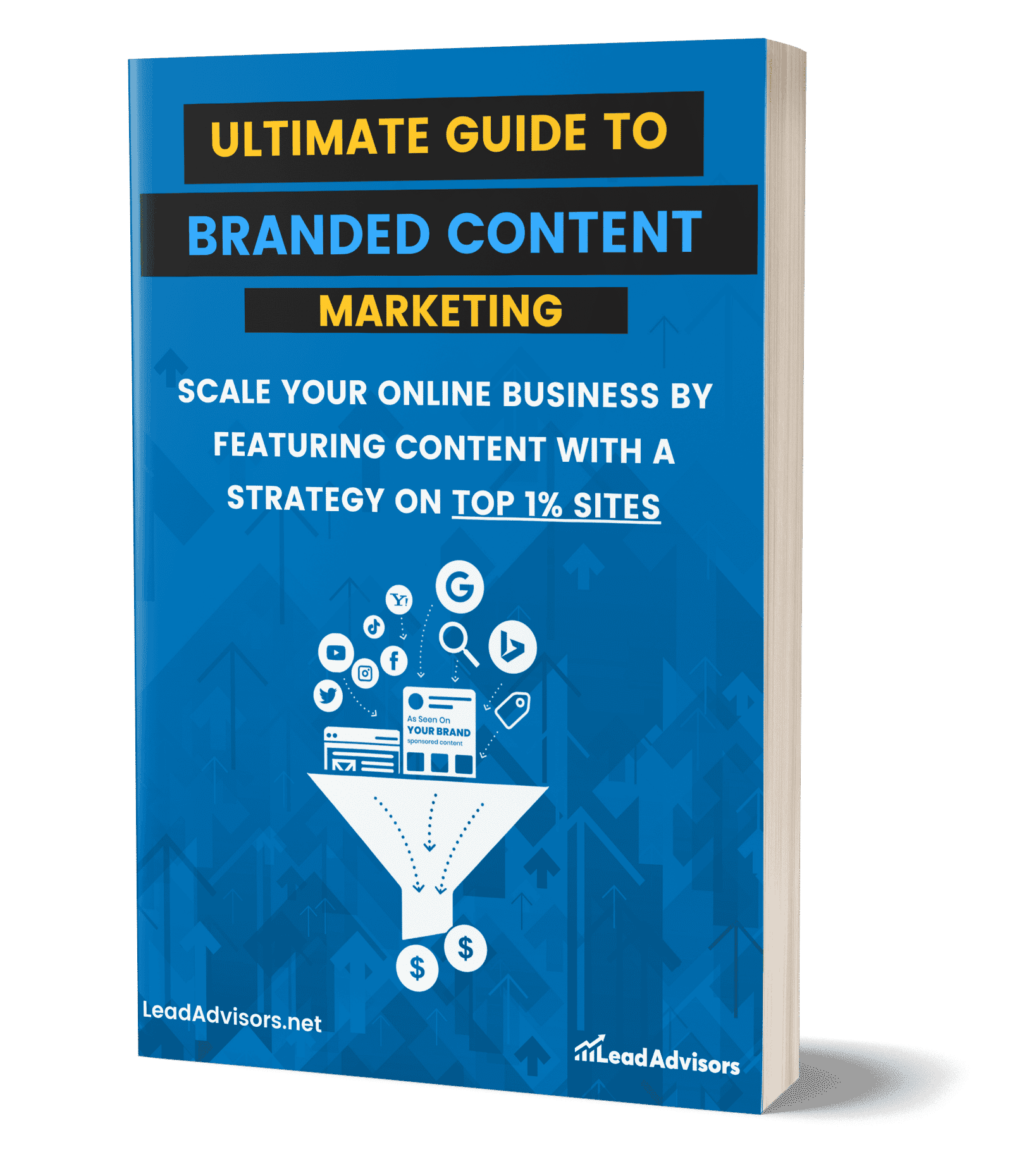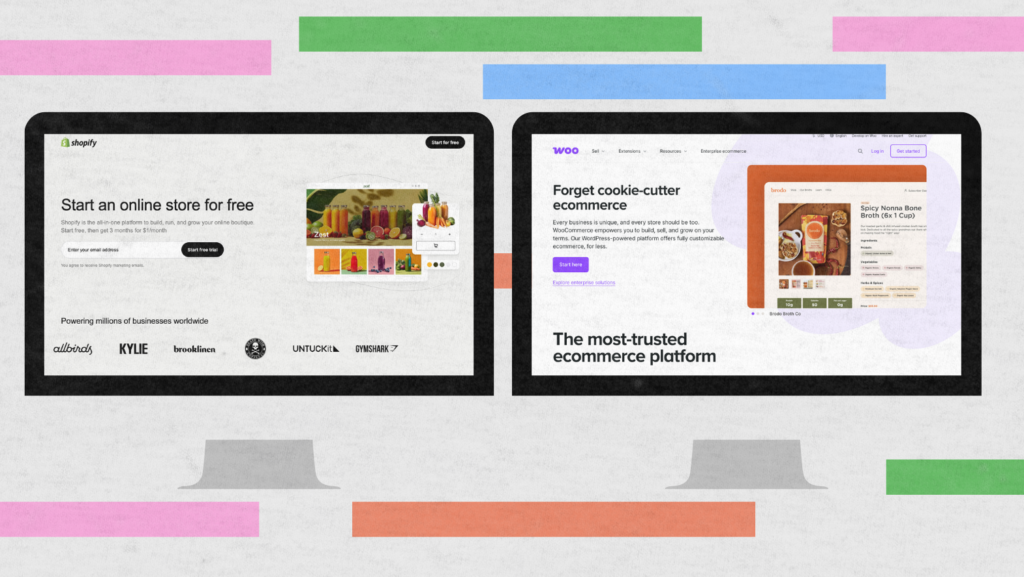SEO for Higher Education is the new battleground for student enrollment, and the fight starts on Google Search.
Who has time for college fairs and slick glossy brochures? Now, potential students are asking search engines about everything from “best nursing schools near me” to “affordable MBA programs.” And if those searches aren’t turning up your university’s website, something’s seriously wrong with your online presence.
That is why search engine optimization is no longer optional. It’s the most scalable, cost-efficient digital marketing method for continuously generating new leads, improving search visibility, and increasing organic traffic steadily.
In this guide, I’ll walk you through a full-stack SEO strategy tailored to navigate the complex and evolving environment of higher education, from technical SEO to content and more. If you’re ready to rank higher on search engines and reach students where they’re searching, then let’s do this.
Why SEO is a Non-Negotiable for Colleges & Universities
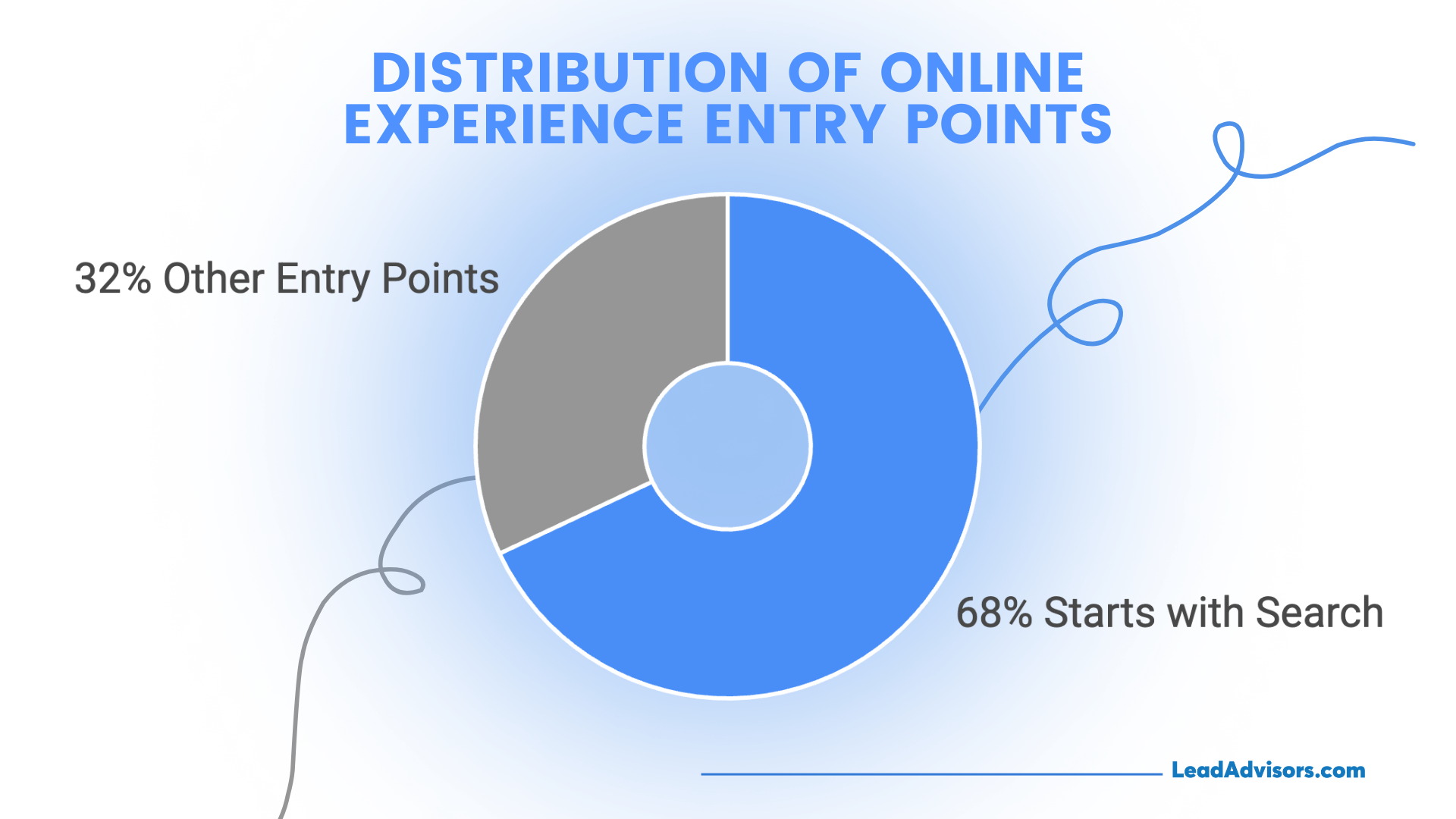
Here’s the truth: if your higher education website isn’t optimized for search engines, you’re already behind.
Over 68% of online experiences start with a search. And when prospective students-from high school grads to working professionals-begin their journey, they’re typing questions into Google Search, not heading directly to your homepage.
That’s where SEO for Higher Education steps in as a game-changer.
And unlike paid ads, which are always “on” until your budget runs out, organic search traffic just keeps showing up. A smart SEO strategy isn’t just cheaper; it also produces higher-quality, more trustworthy, and longer-term leads.
Here’s why it matters:
- SEO provides more affordable, more effective leads than paid advertising
- SERP results help build trust and credibility for your institution via organic search.
- Search engine optimization helps you stay visible in a competitive landscape.
- It’s essential for reaching post-traditional students – adult learners, graduate students, and hybrid program seekers.
The bottom line? If you want to reach potential students and remain relevant in the digital age, you need a long-term strategy, which means considering SEO.
Understanding the Higher Ed SEO Landscape
When I first started researching SEO for higher education, I expected the usual: run a quick audit, fix a few pages, and update some keywords. Simple, right? Not even close.
It turns out that higher-ed SEO is a different beast. Let’s break it down.
1. You’re Managing a Monster-Sized Website
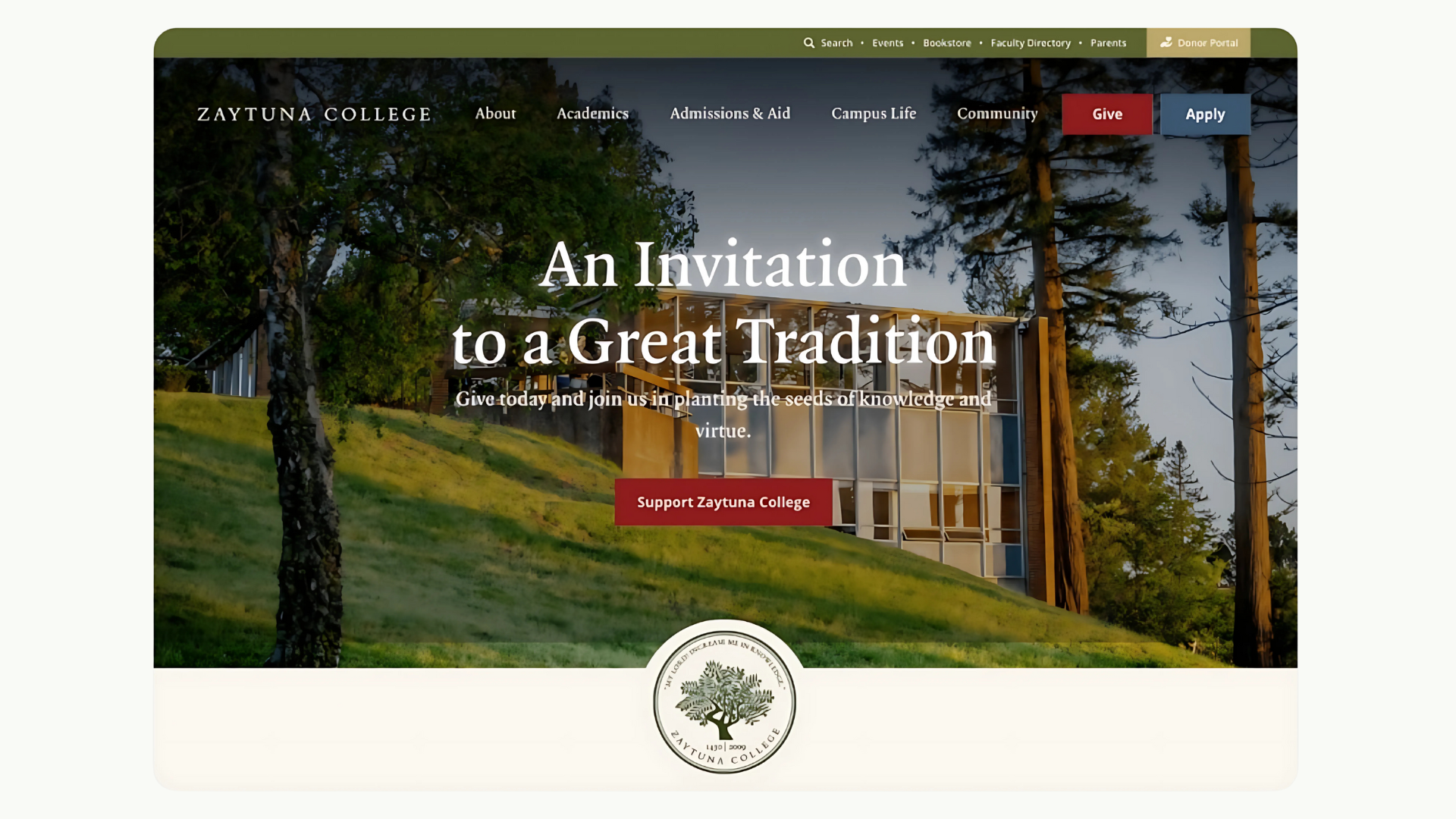
Most universities have mammoth-sized websites in the hundreds (or thousands) of pages. And they are typically overseen by dozens of departments, each with its own rules, content, and priorities.
That means:
- Inconsistent website content across departments
- Outdated program pages and broken links
- Slow change implementation due to internal workflows
- CMS limitations that block basic technical SEO fixes
2. You Already Have SEO Gold – You’re Just Not Using It
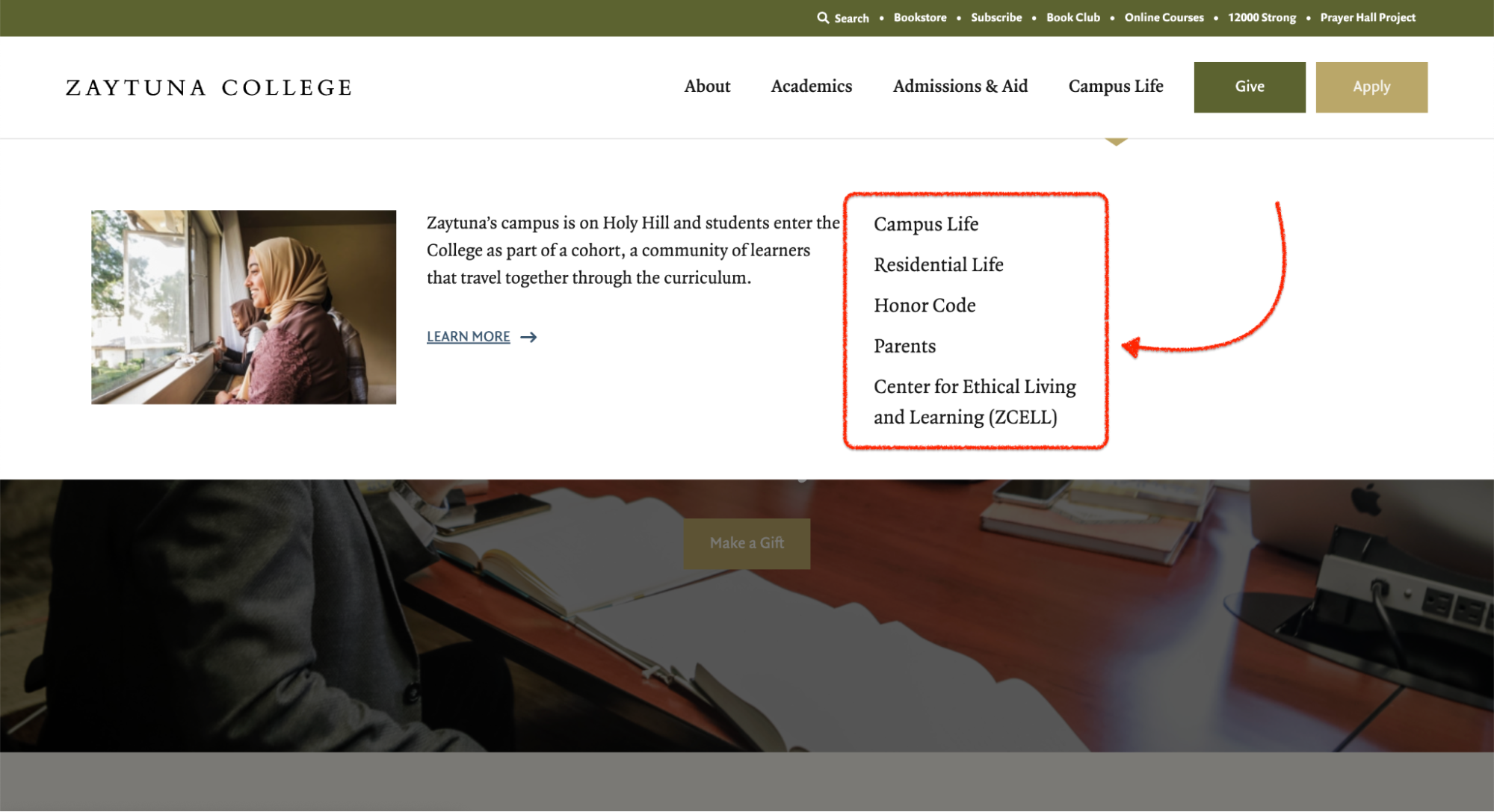
Here’s the part that hurts a little: your school already has what most websites spend years trying to build.
- Academic authority from decades of publishing and research
- Natural backlinks from .edu and .gov sources
- Tons of content potential from faculty insights, student testimonials, and real-world student success stories
But without smart structure, optimized metadata, or structured data to support your content, that gold stays hidden from search engine crawlers and buried in the search engine results.
3. One Website, Many Audiences
This isn’t like a product page targeting one type of customer. You’re speaking to:
- Prospective students (from high school to grad school)
- Parents
- Adult learners returning to school
- Transfer students and even.
- International prospects navigating visas and language support
Each audience has different search queries and search intent and expects different kinds of content strategies, which means your SEO tactics need to adapt to each group.
4. You’ll Run Into Internal Roadblocks
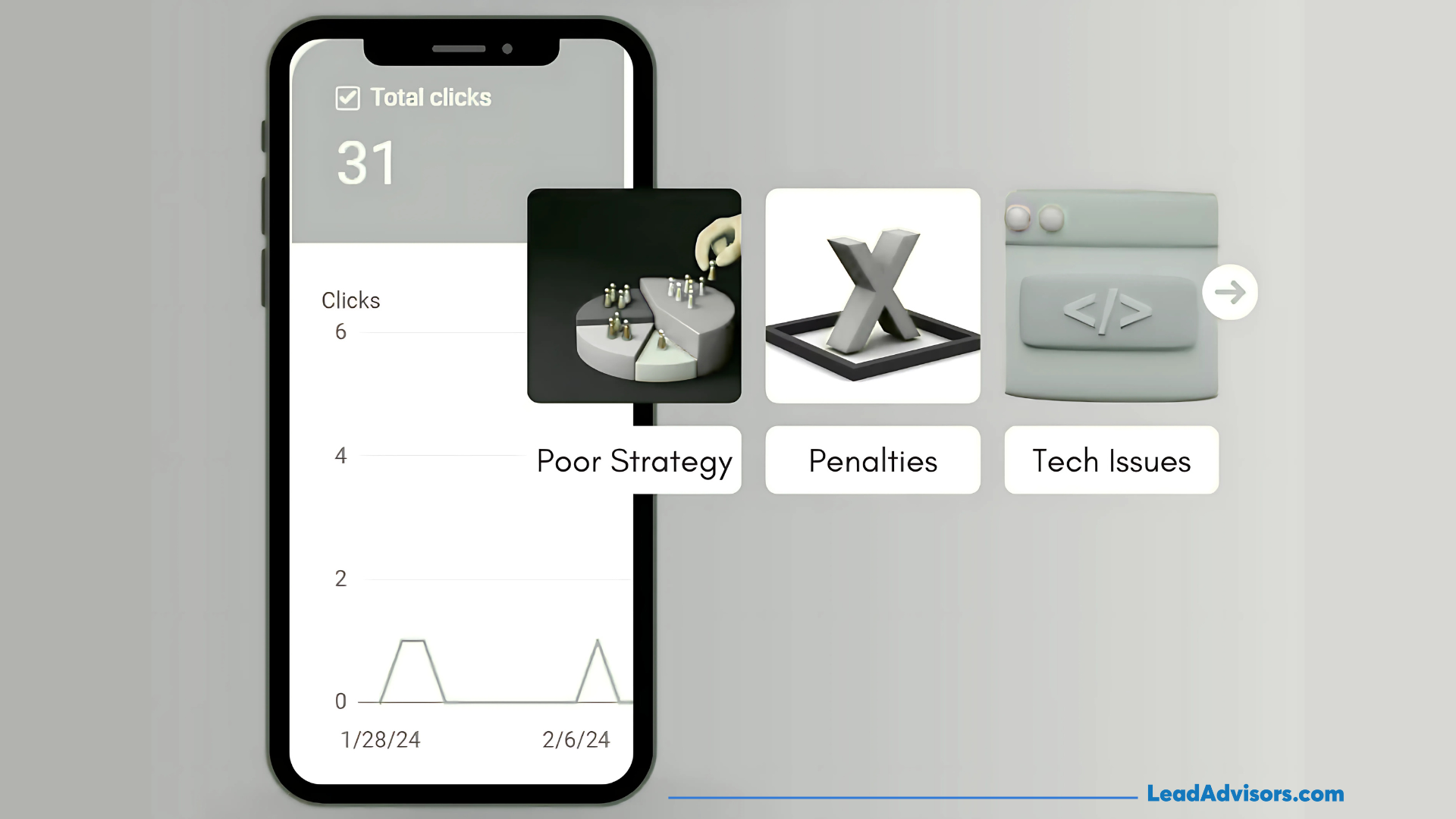
Even the most effective SEO strategy can get stuck if:
- Teams don’t understand search engine optimization
- There’s no clear owner for SEO.
- You’re working with outdated tools or rigid CMS templates.
No worries – these are only signs that your higher education SEO strategy should be a collaborative one that is designed to work with, not against, the status quo that you are working with.
This landscape can seem overwhelming at first, but once you understand the challenges, you can plan your search engine optimization (SEO) strategy to cut through the noise and help drive greater, measurable results.
Strategic Keyword Research for Higher Education
Let me tell you – keyword research in higher ed isn’t just about sprinkling “college” and “degree” across your site. It’s about deeply understanding how prospective students search, what they’re hoping to find, and how to connect your programs with their goals.
The big win? When you build your SEO foundation with the right keywords, your university website begins to turn up in search results for the precise phrases and terms your audience is already searching.
Here’s how to make that happen:
Types of Keywords to Target
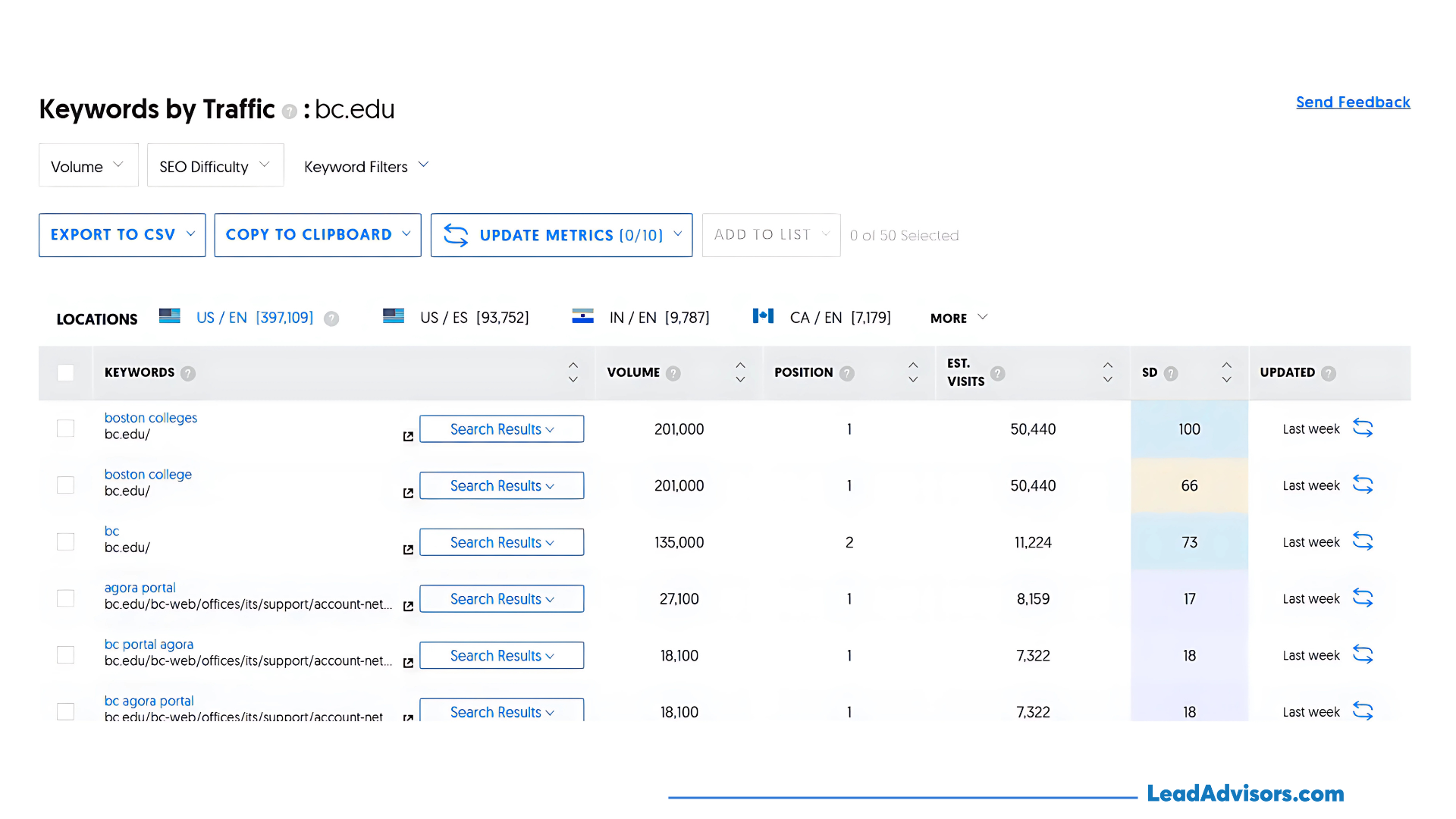
A solid higher education SEO strategy means covering multiple keyword angles to match diverse search intent. If you’re unsure what types to prioritize, this breakdown of the types of keywords in SEO can give you a clearer roadmap for targeting both high-intent and long-tail search behavior.
Here’s what I focus on:
- Program-Specific Keywords
Think: “online psychology degree” or “MS in cybersecurity.” These help your academic program pages show up in organic search results for highly targeted queries. - Career-Outcome Keywords
Example: “Best degrees for data science” or “What can I do with a sociology degree?” These terms align with student goals and drive highly motivated traffic. - Location-Based Keywords
If your school serves a specific region, don’t miss keywords like “business schools in Boston” or “California nursing programs.” These boost your local SEO and local search optimization. - Comparison Keywords
Students love to compare options. Words and phrases such as “MBA vs EMBA” or “college vs university” generate high engagement, with the secondary benefit of excellent click-through rates, especially when combined with in-depth, pertinent content.
Tools I Use (and Love)
There are plenty of keyword tools out there, but these are my go-tos for SEO for Higher Education:
- Google Keyword Planner – Great for raw search volume data
- Ubersuggest – Easy to use and solid for content ideation
- SEMrush and Moz – Powerful insights for competitive analysis
- Google Trends – Perfect for spotting seasonal search trends
- Answer the Public – Goldmine for common search queries and student questions.
Pro tip: Don’t just target high-volume terms. Long-tail keywords like “best affordable online criminal justice degree” often have lower competition and attract more qualified leads.
Speak Their Language – Not Yours
One of the biggest keyword mistakes I see in higher education is using internal academic jargon that prospective students would never use.
No one’s Googling “interdisciplinary pedagogical framework.” But they are searching for “teaching degree programs” or “how to become a teacher.” Your job is to translate institutional language into phrases students actually use in Google Search.
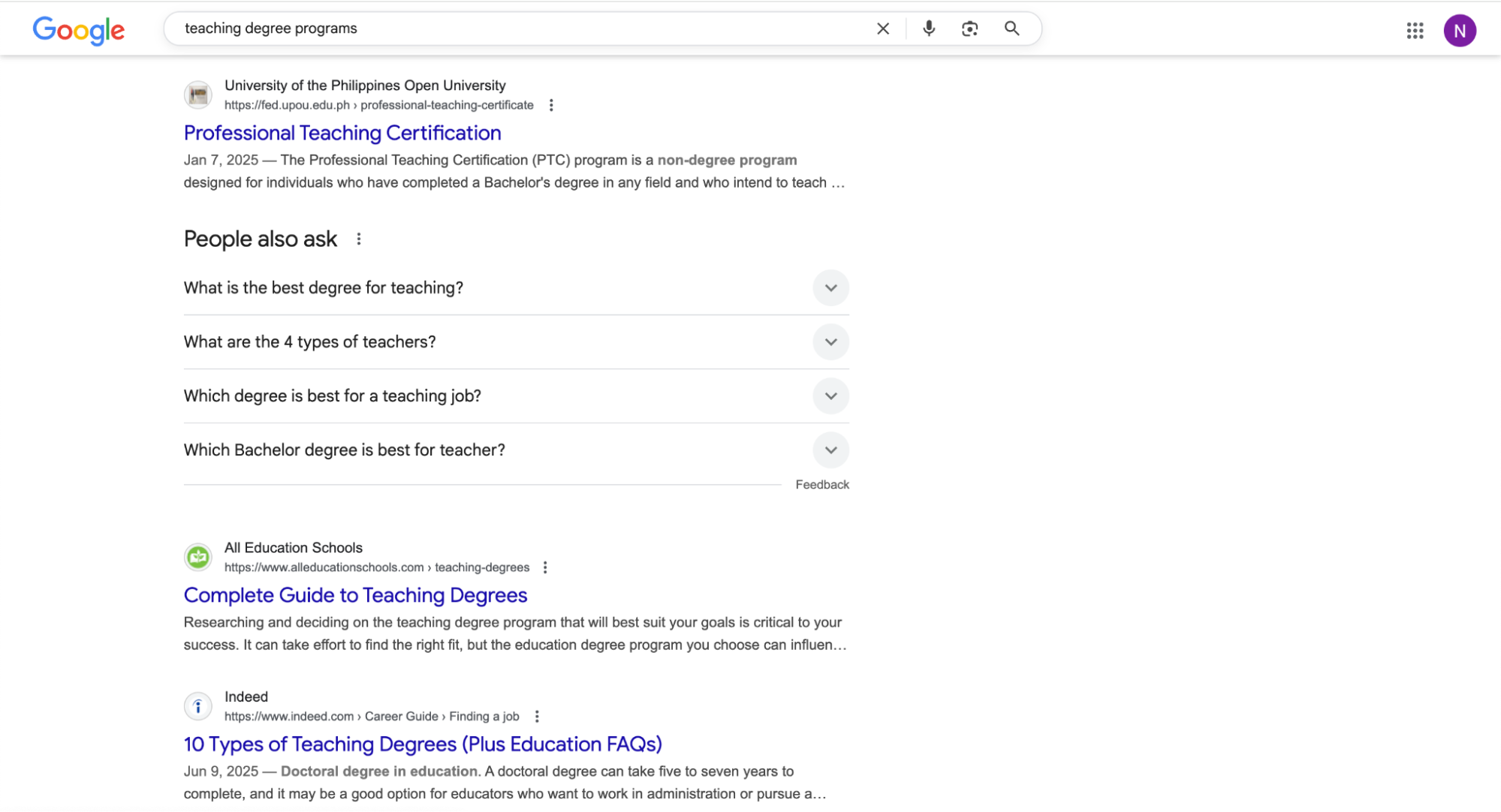
Talk like them, rank like a pro.
Effective keyword research is the foundation of every successful higher education SEO strategy. It’s what connects your amazing academic offerings with the students who are actively looking for them.
Creating Content That Converts at Every Funnel Stage
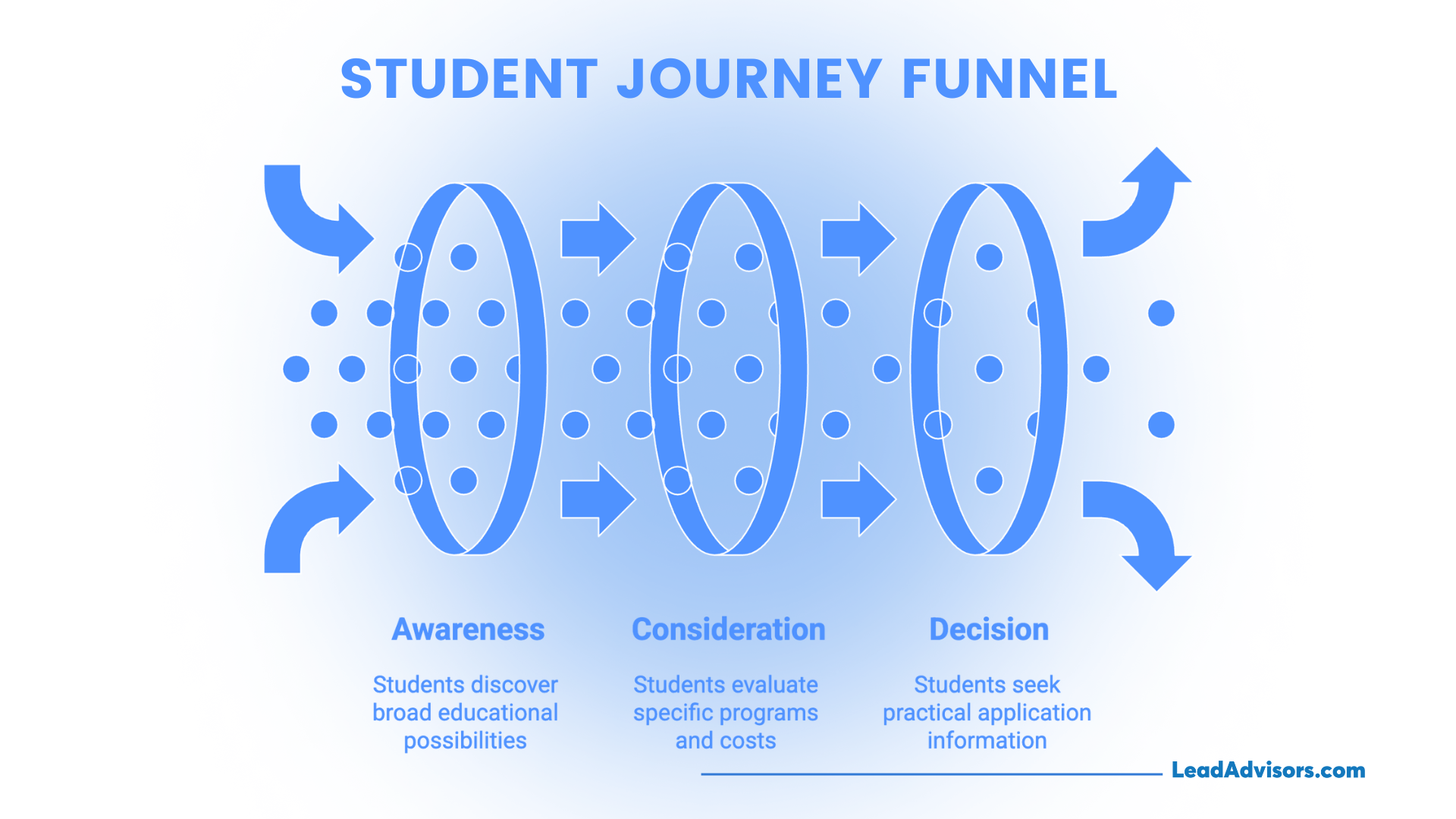
Great keyword research is nothing without strategic content creation. In higher education, that means aligning your content with the student journey – from the first Google search to hitting “submit” on an application.
Let’s segment these results by stage of the funnel:
Top-of-Funnel (Awareness)
At this point, candidates are just now beginning to consider their choices. And they might type “What can I do with a biology degree?” or “Is grad school worth it?” These are big-picture, curiosity-based questions – and you’re here to create value and earn attention.
This is where blog posts, explainer videos, and useful guides come in. The content needs to be keyword-rich, appear in search results, and answer real questions that people type into Google searches. Think SEO meets student-first storytelling.
Mid-Funnel (Consideration)
Now, students are narrowing down choices. They’re comparing programs, evaluating costs, and reading up on campus culture or alumni outcomes. You might see searches like “Top affordable MBA programs in New York” or “MS in Data Science vs Business Analytics.”
Here’s where your content needs to build trust. Comparison pages, alumni success stories, and resources such as ROI calculators can effectively distinguish your programs. It’s also an ideal time to introduce a faculty perspective, highlight program-specific landing pages, or tap into long-tail keywords that reflect your prospects’ deeper search intent.
Bottom-of-Funnel (Decision)
By now, they’re ready to act – but they still need comfort. Searches transition to practical info: “How to apply,” “financial aid options,” or “virtual campus tour.” Your only content now is laser-targeted for clarity and conversion.
Powerful landing pages, video walkthroughs, FAQ hubs, and video testimonials all help. When coupled with strong technical SEO and a mobile-friendly site, this gives students a clear course to follow.
When done right, this funnel-aligned approach can help your higher education SEO strategy improve search engine rankings and guide students toward the right decision: your school.
Technical SEO for Universities: Foundation of Visibility
Here’s something I’ve learned the hard way: without solid technical SEO, even the most compelling content won’t rank. In the higher education space, where websites are often packed with hundreds (or even thousands) of pages, these technical issues multiply fast.
The Architecture Problem
One of the first places I look? Site structure. Most university websites grow over time – different departments create pages without thinking about how everything connects. The result? A clunky, deep hierarchy that’s hard for both users and search engine crawlers to navigate.
What works better is a logical, shallow site architecture that mimics how prospective students browse: start broad (like degrees or colleges), then drill into program pages or academic program pages. When students can find what they need fast, search engines can too – and that boosts your search visibility.
Mobile and Speed Aren’t Optional Anymore
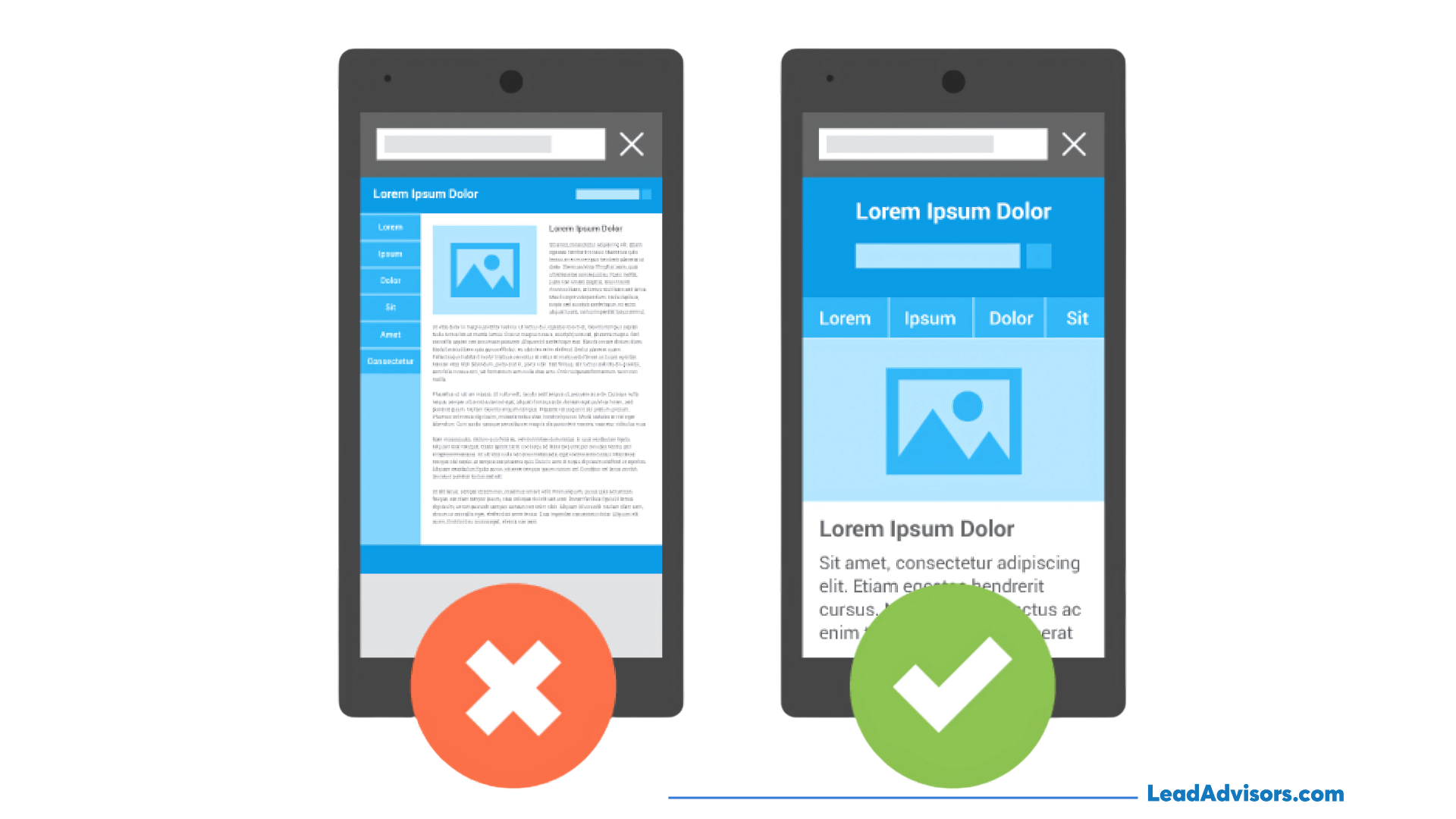
I always stress this with clients: most prospective students searching are doing it on their phones, so mobile-first indexing is the new default. If your pages are not mobile-optimized, you are missing a big chunk of organic traffic, FAST.
Also, speed is everything. Students won’t wait around for a slow site to load. If your page takes longer than three seconds? Expect a bounce. That’s lost website traffic and lost opportunity.
Clean-Up Fixes That Make a Big Difference
No matter how great your site looks, small technical problems can silently damage your search engine rankings. I tend to begin with the fundamentals:
- Remove and chain redirect 404’s
- Removing duplicate content
- Finding and fixing orphaned pages that have no internal links
I then proceed to tactics for enhancement, which are mainly structured data usage, namely with the schema types Course, FAQ, and EducationalOrganization. That not only makes your site look better in search engine results pages (SERPs) but also allows you to get featured in featured snippets.
A solid internal linking strategy ties it all together. Organizing your website using SEO silos enhances content structure and more effectively guides search engines through complex academic content.
When technical SEO is executed correctly, it doesn’t just support your strategy – it boosts it. It ensures that every blog post, landing page, and story about student success is seen by the people who matter most.
Local SEO: Getting Found by Nearby Students
The Challenge: You’re Invisible to Students Right Around the Corner
It’s easy to focus on broad visibility when building a higher education SEO strategy, but what about students in your own backyard?
If a high schooler in your city types “best colleges near me” into Google Search and your school doesn’t show up in the local search results, you’re missing out on some of your most likely applicants. And for higher education institutions with multiple campuses, it’s even more complex – visibility isn’t automatic. It has to be earned.
The Solution: Local SEO Tactics that Actually Work
Begin with your Google Business Profile. Claim one for every campus, and ensure it’s complete – photos, hours, contact information (who to call, email, or write to), and an inviting description. Have your Name, Address, and Phone number (NAP) match on your website, directories, and review sites. Consistency is what helps with search engine exposure.
Next, update your website content with city – and region-specific keywords. Swap generic terms for phrases like “top-ranked college in San Diego” or “nursing degree in Saint Paul.” These small changes strengthen your local SEO signals and better align with the search intent of nearby students.
Then, create location pages. These are often overlooked but powerful. Pair this with local link building strategies to improve your campus’s local authority in both organic and map pack results.
Don’t forget reviews. Encourage students and graduates to write comments on your Google profile. Reviews help your school get found in organic search results and provide a lift in click-through rates as they are a testament to your credibility.
The Payoff: More Foot Traffic, More Applications
By investing in local search optimization, your university website will not only appear in national searches but also become the top choice for prospective students searching nearby.
When you optimize locally, you’re not just improving rankings. You’re developing real relationships with students and families who can get to campus, show up for events, and ultimately enroll. And it really matters.
Affiliate Editorial Reviews: Build Trust and Authority Beyond Your Campus
The Problem: You’re Credible – But Students Don’t Know It Yet
You might have award-winning faculty, cutting-edge programs, and glowing student testimonials on your website. But here’s the catch – prospective students searching for programs don’t always start with your school name. They start with a need: “best online degrees for working parents” or “top MBA programs for career changers.”
And unless your university website dominates search engine results, you’re relying on brand awareness that may not exist.
The Insight: External Validation Beats Internal Promotion
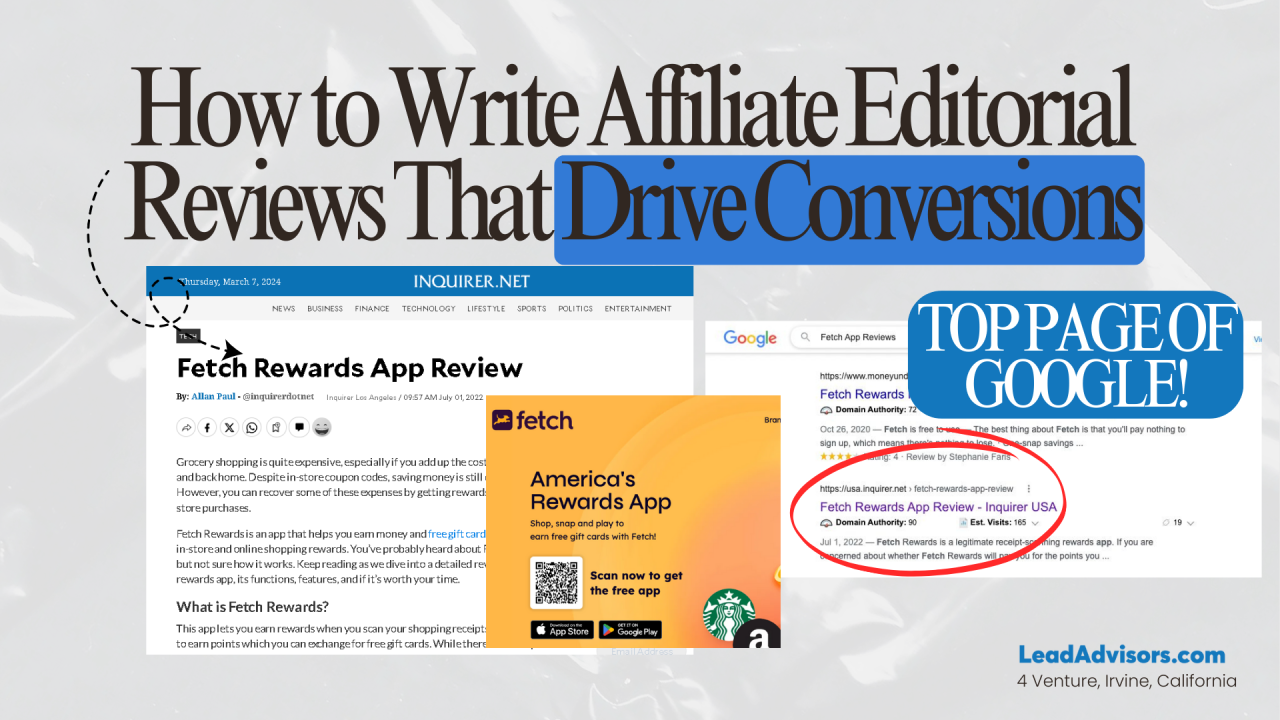
This is where affiliate editorial reviews come in. They’re third-party articles published on trusted platforms – think comparison guides, program reviews, or seasonal education roundups – that feature your school alongside others. They’re not sales, but helpful, and that is precisely what makes them potent.
These reviews can get you showing up in organic results for high-intent, non-branded keywords such as “best colleges for veterans” or “flexible online business degrees.” And since they’re written and published off-site, they also seem more credible to both users and search engines.
Much more to the point than traditional advertising or branded blog posts, these forms of external endorsements are a type of “passive” SEO that builds trust and carries serious SEO weight.
The Action: Get Featured Where It Matters
To leverage this channel, partner with media companies or educational content platforms that create affiliate reviews. Focus on the four main formats:
- Brand-focused editorials (e.g., “Why [Your University] Is a Top Choice for Adult Learners”)
- Program reviews that align with high-volume search queries
- Affiliate listicles with long-tail keywords
- Seasonal guides like “Degrees You Can Start This Summer”
Those reviews also typically link back to your program landing pages, increasing search visibility and domain authority.
The Result: Better Rankings, Better Leads
The outcome? You’re not just boosting your search engine rankings – you’re also capturing the attention of students who didn’t know your name an hour ago but are now exploring your offerings. These are people who are often more active, more educated, and more likely to convert.
And then this is the big win: you’re undercutting reliance on paid advertising by establishing sustainable organic traffic with trusted content that continues to work long after it’s published.
Multimedia Optimization: Video, Images, Accessibility
Why Multimedia Matters for Higher Education SEO
If your SEO strategy is all text and no visuals, you are missing out, especially with prospective students who now live on video-first platforms and make decisions quickly based on visual first impressions. It may sound like a nice-to-have add-on, but it’s a much stronger lever in your overall SEO for Higher Education strategy.
Entertaining content such as campus tours, faculty insights, and student explainers can significantly increase search visibility, dwell time, and even SEO rankings. But if you want it to count for SEO, you need to optimise it correctly.
What to Optimize (and Where to Start)
Start with a video. Embedding YouTube videos on your university website gives you dual visibility – on Google Search and YouTube, the second-largest search engine. Videos can also appear as featured snippets or rich results if properly marked up.
Don’t stop at embedding. When uploading a video or image, think about these basics with every video or image you upload:
- Rename media files with relevant keywords (e.g., “online-mba-overview.mp4” instead of “video123”)
- Use descriptive alt tags for images and graphics.
- Include transcripts and captions to enhance access and to indicate context to search engine spiders.
- Consider implementing structured data (especially VideoObject!) as it may lead to enriched results in the SERPs.
How to Stay on Track Technically
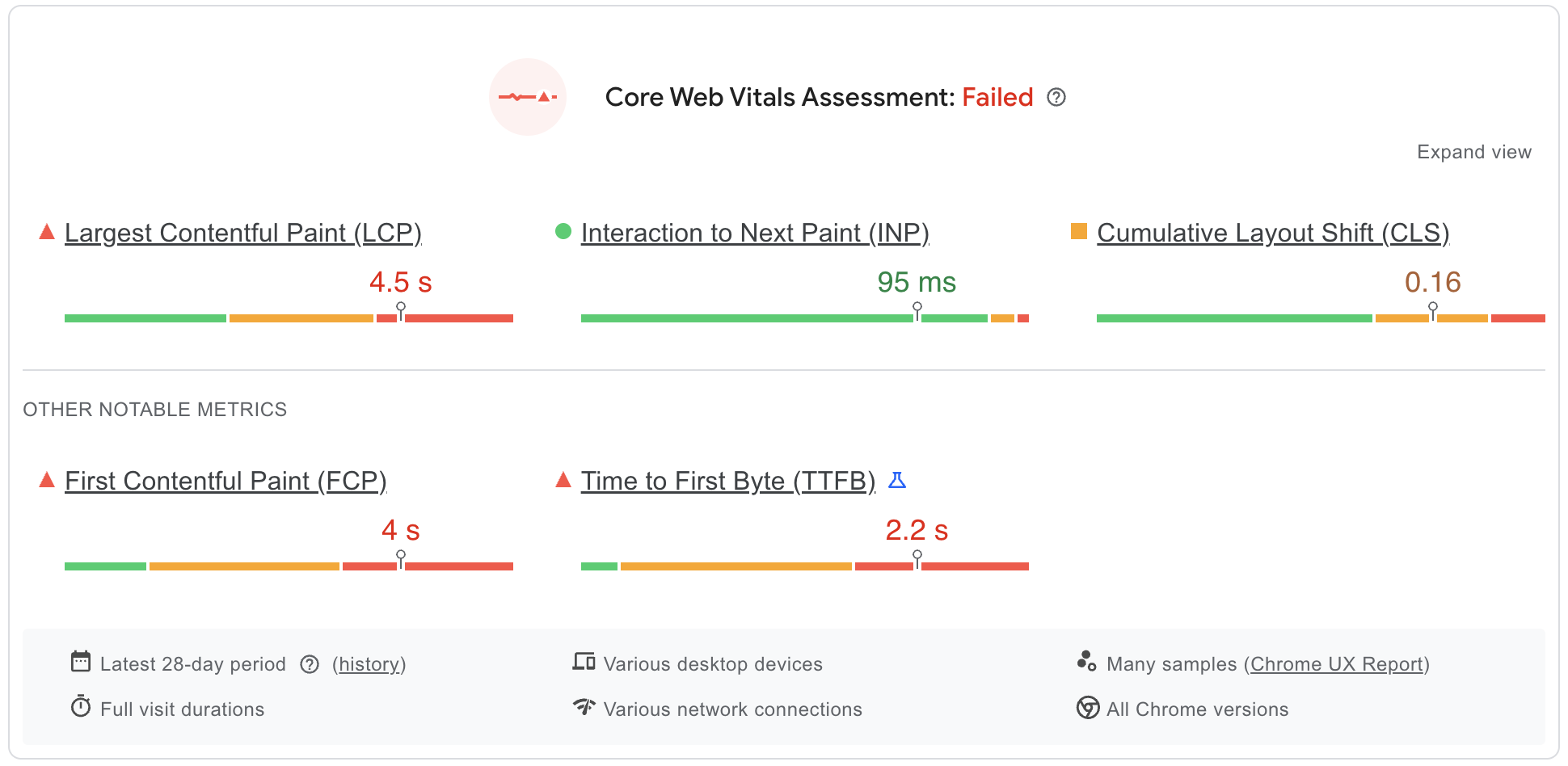
Leverage tools like Google PageSpeed Insights to ensure your multimedia isn’t dragging down your site traffic. Big, uncompressed media files can tank page speed, and students aren’t sticking around if your video takes forever to load.
And don’t forget about responsive design. With the majority of future students searching on their phones, your videos and images must scale and load perfectly on every device.
The Impact: Higher Engagement, Better SEO
When you embed rich media such as virtual campus tours, faculty introductions, or program explainer videos, you do more than simply improve your search engine optimization. You’re also making strides in how students interact with your site – getting them to engage longer, answer questions more quickly, and move a little closer to that request-info or apply link.
Properly done multimedia doesn’t just bolster SEO. It makes your brand more human, adds value, and connects with students in a way that text alone can’t.
Measuring What Matters: SEO KPIs for Higher Ed
If you want to succeed with SEO for Higher Education, you can’t fire and forget. You have to measure what’s working, what’s not, and where your best organic traffic is coming from. Otherwise, you’re flying blind.
I like simplifying higher-ed SEO measurement into three layers: Traffic, Engagement, and Conversions. Let’s break it down.
1. Traffic: Who’s Coming, and From Where?
Your first clue about SEO performance is always traffic. But not just the total numbers – you’re interested in which program pages drive students, what devices they use, and where they’re located.
Ask yourself:
- Which programs get the most organic search traffic?
- Are students visiting from mobile or desktop?
- Which regions are driving interest? Are your local SEO efforts working?
This allows you to identify opportunities (such as a surge in interest in your new cybersecurity degree) or gaps (for example, low search visibility for critical program areas).
2. Engagement: Are They Staying or Bouncing?
What do students do after they land on your university’s site?
KPIs like bounce rate, pages per session, and average scroll depth reveal how interested (or bored) your web content viewers are. If they leave after just one page, perhaps you need better calls to action, stronger internal linking, or content that more closely fits their search intent.
If your “Life on Campus” page, for instance, is experiencing very high bounce rates, then consider embedding a video and enhancing your imagery or mobile-first approach to encourage students to continue scrolling there.
3. Conversions: Are They Taking Action?
At the end of the day, SEO is only as valuable as the outcomes it drives. That means tracking what really matters: application starts, info request submissions, and campus visit signups.
These are your real indicators of whether your search engine optimization efforts are generating not just clicks but also real, measurable interest.
Bonus tip: track conversion paths. Did students first land on a blog post about “Top Careers in Data Science” before ending up on your MS program page? That’s gold for understanding funnel behavior.
Tools I Rely On
| Tool | What It’s Used For |
| Google Analytics | Tracking overall traffic, user behavior, and engagement metrics |
| Google Search Console | Monitoring performance on search engine results pages and identifying crawl issues |
| Semrush & Moz | Keyword research, search ranking monitoring, and competitor analysis |
| SiteImprove | Testing accessibility, content quality, and technical SEO corrections |
Measuring SEO success in higher education isn’t just about page views. It’s about tracking what aligns with your digital marketing strategy, what helps you attract prospective students, and what ultimately leads to enrollment.
Common Challenges (and Solutions) in Higher Ed SEO
If you’ve worked in higher education marketing for more than five minutes, you already know that implementing a successful SEO strategy isn’t always smooth sailing.
From internal red tape to limited resources, every school faces its own version of the same roadblocks. The good news? Each one has a solution – you just need the right game plan.
1. Challenge: Content Lives in Silos
Many university websites are victims of content owners spreading around the university and creating their own pages. You can hardly expect to develop and enforce effective SEO strategies if everyone is using a different format, or none at all.
Solution: Establish standardized SEO templates and a basic governance model. Even if you simply use a shared set of metadata standards or a content checklist, you can take control over your search engine visibility on all of your website pages.
2. Challenge: Your Team Is Shorthanded – and Swamped
Does this sound familiar? As a team of one (or a small team) with a tiny budget, it can be challenging to do everything from technical SEO to keyword research.
Solution: Concentrate on what matters. Focus on optimizing high-impact program pages (such as ones with high search volume or revenue opportunity). These pages can typically generate meaningful organic traffic and conversions.
3. Challenge: Internal Rollout Is Slow
Universities aren’t known for lightning-fast digital transformation. You might have brilliant ideas, but it may be months before they are approved or become a reality.
Solution: Build a phased roadmap. This is your time to focus on quick wins, such as optimizing current content, beefing up your internal links, or claiming your Google Business Profile. Early results can gain traction and lead to buy-in for larger iterations.
4. Challenge: Content Gets Outdated – Fast
That admissions guide from 2021? Is the faulty profile on the incorrect job title? Source: Stale content is bad for both UX and search rankings.
Solution: Schedule regular SEO audits. A quarterly refresh cycle will keep you ahead of broken links, old information, and pages that need a content strategy refresh. Bonus: This will also help with long-term search engine optimization (SEO) rankings.
Addressing these challenges doesn’t require a huge team or an enormous budget – all that’s necessary is a smart approach and dedication to integrating your higher education SEO strategy into your everyday operations.
Preparing for the Future of SEO: AI, SGE, and Voice Search
SEO is constantly changing, and in higher education, being ahead of the curve can mean the difference between remaining visible, relevant, and top of mind for the next group of prospective students.
Currently, the future of search is dominated by AI, Search Generative Experience (SGE), and voice-invoke queries. If your higher education SEO strategy isn’t already adjusting to these changes, the time to do so is now.
What’s Changing?
Search is getting smarter and more conversational. With Google rolling out SGE and more users relying on voice assistants, traditional keyword matching won’t cut it anymore. AI is favoring clear, question-based content with well-structured answers, often pulling directly from sources it considers trustworthy and easy to interpret.
How to Prepare for AI and SGE
- Write Like You Talk
As search engines evolve, this approach overlaps with Answer Engine Optimization, which helps content become discoverable in voice searches and generative AI responses. - Align With E-E-A-T
That’s Experience, Expertise, Authority, and Trust. Your content must be created by true experts (such as faculty), underpinned by evidence (like student testimonials), and built on a robust, well-organized site. - Target Voice Search Intentionally
Students are asking their phones questions such as “What’s the best online college business?” or “How many years is an MBA?” So, your content needs to be tailored to these voice search patterns – brief, concise, straight-to-the-point answers are what you want to grab one of those slots for featured snippets and voice returns. - Double Down on Structured Data
AI depends on context. Schema types like FAQ, Course, and EducationalOrganization make it easier for search engines (and AI-powered experiences) to comprehend your site and surface it in interactive formats. For a deeper dive into this strategy, check out how to rank in AI Overviews and enhance your chances of being featured in AI-generated summaries.
Why It Matters
The next generation of students is searching differently and faster. This preparation not only future-proofs your strategy but also helps you stay one step ahead in the competitive ‘game’ of SEO (search engine optimization), which is more dynamic than it’s ever been.
AI, SGE, and voice search are not just techie buzzwords – they are the next level of online visibility. With the right approach, your institution can lead the way.
Your SEO Action Plan
If you’ve reached this point, you know that SEO and higher education can work wonders. But knowing what to do is one thing; doing it is where the magic (and the rankings) occur.
Well, here’s a lean, repeatable framework I deploy with every higher-ed client that helps turn strategy into results.
Audit: Know Where You Stand
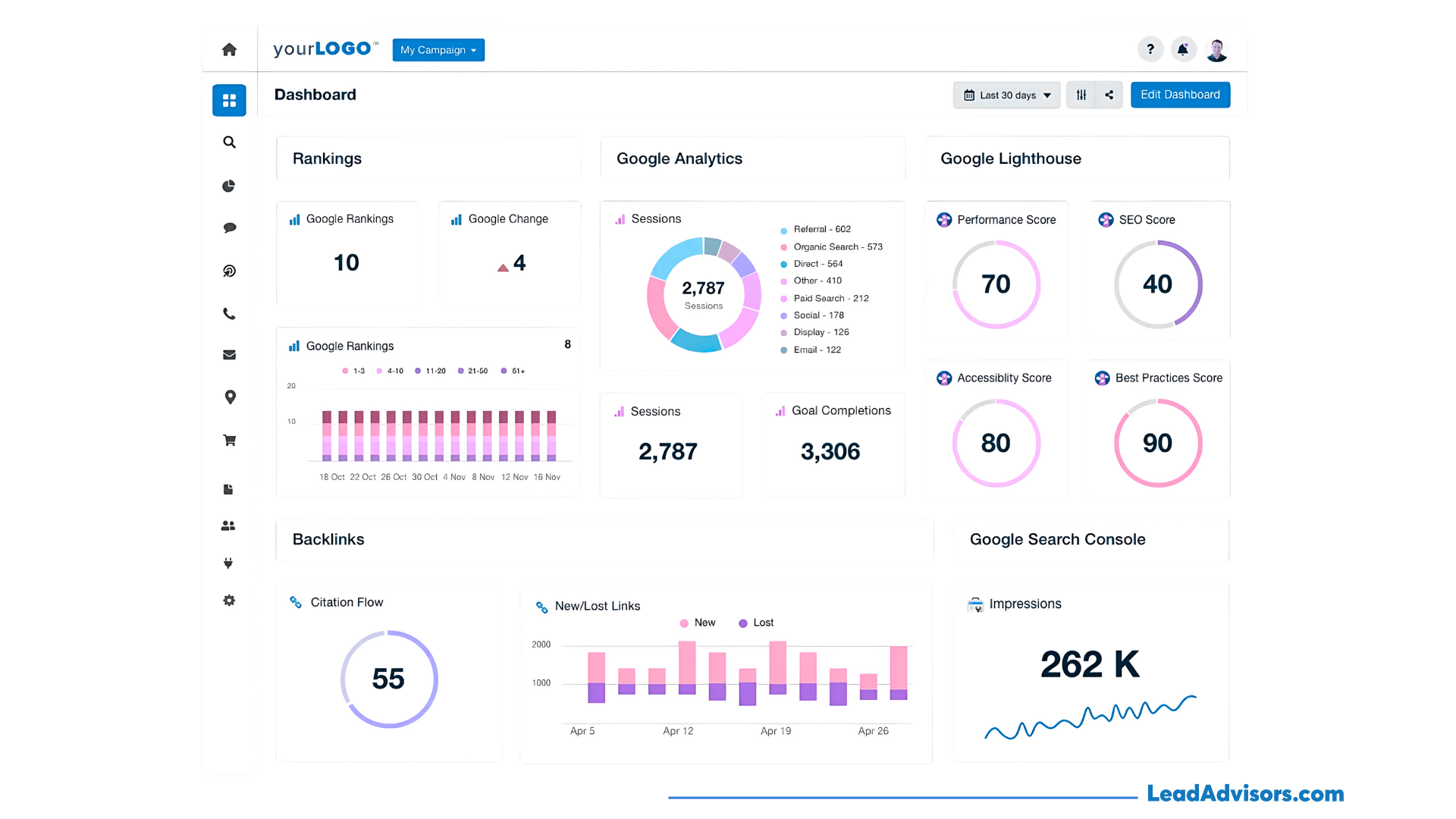
To begin with, examine your SEO, including your search engine rankings, organic traffic by program and region, and any major technical SEO issues.
Look at which program pages are performing well, and which are buried in the search engine results pages. Are your best programs ranking for the right search queries? Are there content gaps where students are searching but you have nothing to show?
Tools like Google Analytics, Search Console, and Semrush are your best friends here. This audit sets the foundation for everything else.
Plan: Align SEO Goals to Student Goals
Now that you know your number, it’s time to develop a plan. Begin by establishing specific SEO objectives related to:
- Intended for (undergrads, adult students, international students)
- Priority academic programs
- Desired conversions (info requests, applications, campus visit signups)
Next, write up a 90-day SEO strategy roadmap, will you? This will keep you grounded and responsible and help you measure your progress as you move through the year.
Execute: Start Smart, Grow Strategically
You don’t have to redesign your entire university website overnight. Start with your greatest assets – ones with a lot of traffic potential or enrollment/lead-generation connections.
Produce and promote new content according to the student’s stage in the journey. Ensure this content is well-researched, keyword-focused, optimized for search, and connected through an internal linking strategy.
Don’t neglect regular measuring of results. Observe how the pages rank, how students participate, and where they break off. Take that learning and iterate, grow your content strategy, and spread what’s working across more programs and departments.
When you have an actionable strategy, your higher ed SEO strategy is now a living organism, a breathing system that doesn’t just push rankings; it can be shaped to push actual, measurable growth.
Frequently Asked Questions
How long does SEO take for a university website?
What’s the difference between local SEO and general SEO for universities?
Should universities invest in paid search or SEO?
How can we get different departments on board with SEO?
What kind of content performs best for student recruitment SEO?
Conclusion
SEO for Higher Education isn’t an added bonus; it’s the front door to your college’s future.
Whether a small liberal arts college or a sprawling multi-campus university, being seen, considered, and chosen by the students who matter most is all about visibility in search engine results.
With the right SEO approach, the right tools, and a bit of institutional alignment, your school can:
- Get ranked higher on the searches that make a difference
- Convert more of your prospects at every stage of their journey.
- Sustainably drive enrollment growth by not being overdependent on paid campaigns.
The future of student recruitment is digital, and it begins with a search.



